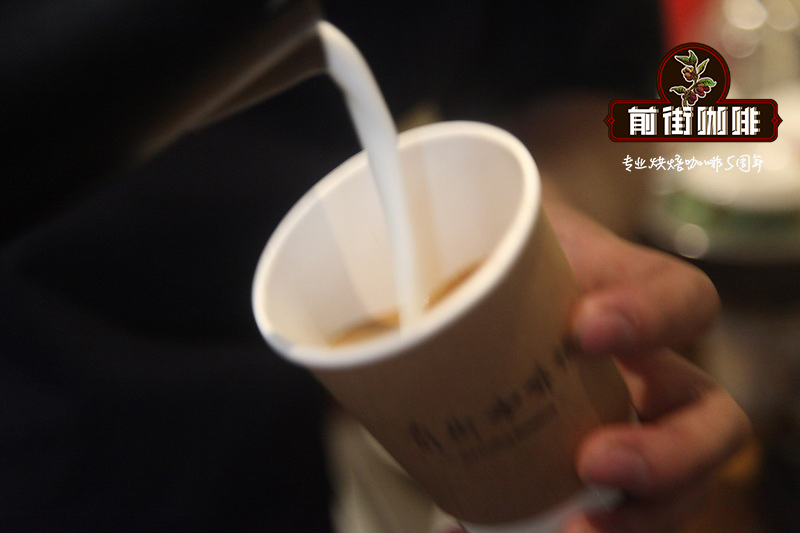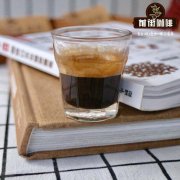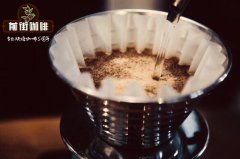Brazil Dalago sun coffee bean brewing plan to share _ how to make Brazilian hand-made coffee

Professional coffee knowledge exchange more coffee bean information please follow the coffee workshop (Wechat official account cafe_style)
Country: Brazil (Brazil)
Producing area: South Minas (Sul de Minas)
Manor name: Darago Manor (Fazenda Da Lagoa)
Manor varieties: Acaia, Mundo Novo, Catuai, Yellow Icatu, Yellow Bourbon
Growth altitude: about 950m / kg 1200m
Grade: S17Universe 18
Certification: rainforest Alliance certification
Since last year, we have had different feelings about the boutique coffee beans produced in Brazil, from the earliest Hilado to the present Datra, Walk, Oria and so on. ..
Brazilian boutique coffee beans are becoming more and more unique, and this year we have also launched the newly arrived Fazenda Da Lagoa.
The main coffee producing areas in Brazil are Parana, Sao Paulo, Minas Gerais, Rio De Janeiro, Espirito Santo, Bahia and Pernambuco. The harvest period is about June to September, while it has been 75 years since it arrived at Fazenda Da Lagoa. It is located in Sul de Minas, South Minas, about 950m above sea level and 1200m above sea level. It has a history of 75 years. Fazenda Da Lagoa now has 220ha of acreage with an average annual yield of 8000MUR 12,000 bags and a virgin forest reserve of 600ha.
Cup test sharing
Dried incense: Rice incense, Chinese fir, drupe shell, cocoa, almonds
Wet fragrance: cream, chocolate sweet, sugar sweet
The most important feature of this Fazenda Lagoa in our cup test is that it has a good sense of sweetness. at the entrance, the overall Body is balanced and clean, the acidity is supple and the tongue has a good acidity, while the latter section is sweet with a touch of tobacco and Chinese fir aromas. it is a balanced Brazilian coffee bean.
Qianjie cooking parameters are suggested:
How to make Brazilian coffee [Dala fruit in the sun]?
Qianjie Coffee hand Chong reference: weigh 15g [Dala fruit sun] coffee powder, pour into the grinder for medium grinding, the finished particles are slightly thicker than salt, we use BG bean grinder to scale 6A (standard sieve pass rate 50%), water temperature 88 degrees, kono/kalita filter cup extraction, recommended powder water ratio around 1:14.
The hot water in the hand flushing pot draws a circle clockwise with the center of the filter cup. Start the time when brewing, brew the coffee to 30g in 15 seconds, then stop the water injection, and when the time is up to 1 minute, the second water injection. The second water injection is the same as before, draw a circle clockwise with the center of the filter cup, and the water flow should not rush to the place where the coffee powder is connected with the filter paper, so as not to produce channel effect.
Coffee powder to the outermost circle to set aside a circle, and then another circle to the middle, 2 minutes 10 seconds, to the coffee to 210g, brewing coffee is finished.
| | Japanese ice hand flushing [Dalaguo sun] |
Qianjie coffee ice hand to make [Dala fruit sun] reference:
Brazilian coffee [Dara fruit in the sun], medium and deep roasted, BG bean grinder scale 5R (standard sieve pass rate 60%)
20 grams of powder, 150 grams of ice, 150 grams of hot water. The water temperature is 88 ℃ higher than the recommended normal hand flush, then 1 ℃ higher, the normal grinding small Fuji 3.5 scale, the ice hand flushing is slightly smaller than half a grid-small Fuji 3 scale, the recommended powder (water + ice) ratio is 1:15.
The amount of steaming water is 40 grams and the steaming time is 30 seconds.
Water injection by stages, 60 grams of water in the first section and 40 grams of water in the second section. Use a thin but high water injection column and stir hard to make the coffee powder fully tumble, but be careful that the water level is not too high and do not rush to the edge of the filter paper.
The whole extraction time is about two and a half minutes (close to the normal extraction time of 20 grams of powder).
END
Important Notice :
前街咖啡 FrontStreet Coffee has moved to new addredd:
FrontStreet Coffee Address: 315,Donghua East Road,GuangZhou
Tel:020 38364473
- Prev

Costa Rica-Amista La Amistad Manor beans | certified by the North District Agriculture and Food Administration as organic
Professional coffee knowledge exchange more coffee bean information please follow the coffee workshop (Wechat official account cafe_style) Costa-Amista La Amistad manor beans | certified by the North District Agriculture and Food Administration for the flavor of organic raw beans? The coffee produced in Costa Rica is of the most stable quality among Central American countries, because Costa Rican coffee grows in a suitable climate and good shade.
- Next

Analysis of half-sun tanning bourbon in Lighthouse Manor, Brazil _ how to drink Brazilian coffee by hand
Professional coffee knowledge exchange more coffee bean information please follow the coffee workshop (Wechat official account cafe_style) the main coffee producing areas in Brazil are: MINAS GERAIS-southern Brazil, and is divided into small producing areas Sul de Minas, Cerrado, Chapada de Minas, Matas de Minas San Esteppi
Related
- Detailed explanation of Jadeite planting Land in Panamanian Jadeite Manor introduction to the grading system of Jadeite competitive bidding, Red bid, Green bid and Rose Summer
- Story of Coffee planting in Brenka region of Costa Rica Stonehenge Manor anaerobic heavy honey treatment of flavor mouth
- What's on the barrel of Blue Mountain Coffee beans?
- Can American coffee also pull flowers? How to use hot American style to pull out a good-looking pattern?
- Can you make a cold extract with coffee beans? What is the right proportion for cold-extracted coffee formula?
- Indonesian PWN Gold Mandrine Coffee Origin Features Flavor How to Chong? Mandolin coffee is American.
- A brief introduction to the flavor characteristics of Brazilian yellow bourbon coffee beans
- What is the effect of different water quality on the flavor of cold-extracted coffee? What kind of water is best for brewing coffee?
- Why do you think of Rose Summer whenever you mention Panamanian coffee?
- Introduction to the characteristics of authentic blue mountain coffee bean producing areas? What is the CIB Coffee Authority in Jamaica?

